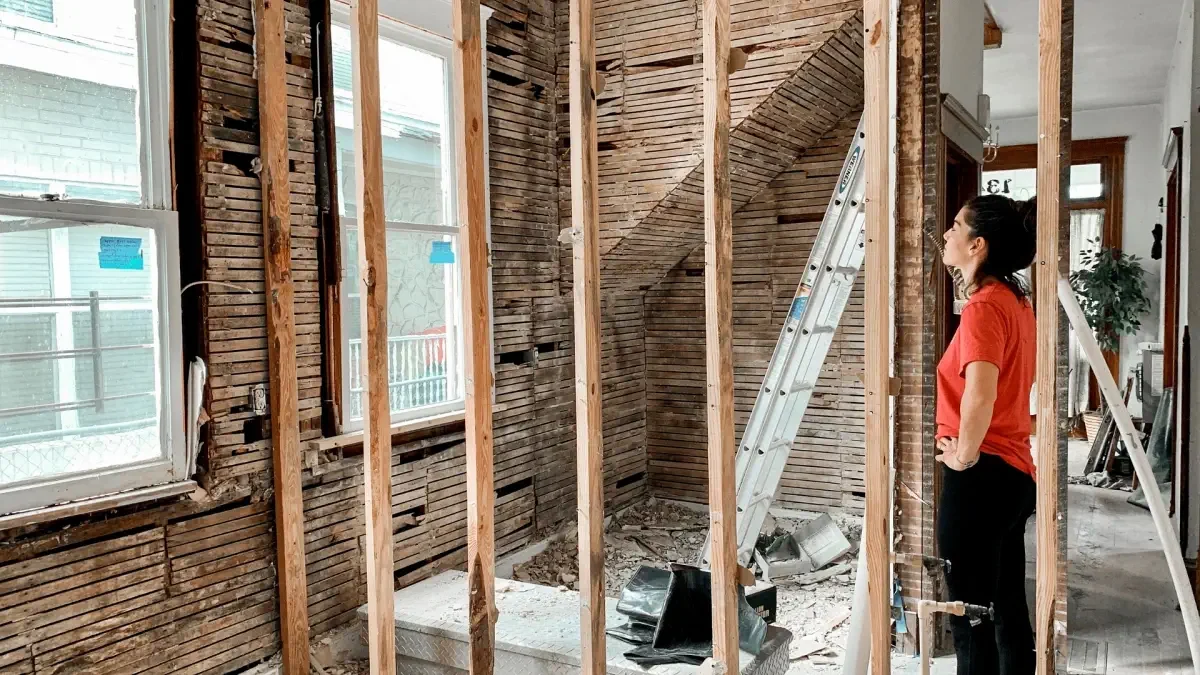Massachusetts Home Improvement Contractor Law (M.G.L. C. 142A): What Homeowners And Contractors Need To Know
Home renovation projects in Massachusetts are often high-stakes for both homeowners and contractors. To keep the process fair and transparent, Massachusetts created the Home Improvement Contractor Law, which governs everything from registration and contracts to dispute resolution and penalties. Understanding these rules is essential, because they determine not only how work gets done but also what rights and remedies are available when things go wrong. For those needing legal guidance, consulting a Massachusetts home improvement contractor law attorney can be invaluable.
Key Takeaways
- Most residential home improvement work on pre-existing, owner-occupied one-to-four family homes is regulated by M.G.L. c. 142A.
- Contractors and subcontractors performing home improvement contracting (HIC) work generally must register with the Office of Consumer Affairs and Business Regulation (OCABR).
- Written contracts are mandatory for projects over $1,000 and must include specific terms, notices, a compliant payment schedule, and deposit limits. Acceleration clauses are barred. No work may begin until a fully executed copy is delivered to the owner.
- Chapter 142A lists prohibited acts. Violations expose contractors to administrative and criminal penalties and constitute unfair or deceptive acts under Chapter 93A, which carries multiple damages and attorneys’ fees.
Every Massachusetts contractor, subcontractor, or homeowner renovating an owner-occupied family home needs to understand the Home Improvement Contractor Law (M.G.L. c. 142A). This critical statute sets the ground rules: who can do the work, how contracts must be written, what conduct is off limits, how disputes get resolved, and when the state will step in to protect owners. For contractors, it is a compliance roadmap; for owners, it is leverage and protection. Ignoring it brings real consequences, from fines and loss of registration to Chapter 93A liability in court.
Registration and contracts: the foundation of compliance
The law begins with a simple requirement: contractors and subcontractors must be registered with OCABR. That registration signals legitimacy and gives homeowners a way to confirm who they are hiring. Exemptions exist but are narrow, covering only limited trades or minor work. Owners should always check the registration number on proposals, contracts, and advertising.
Registration alone is not enough. If the project exceeds $1,000, the contract must meet a long checklist of requirements. It has to be in writing, list the parties and their registration numbers, specify start and completion dates, describe the work and materials in detail, and set out the total price with a dollar-based payment schedule. It must include statutory notices, a three-day cancellation right, warranty disclosures, and the prominent warning not to sign if blanks remain.
Financial terms are closely regulated. Deposits are capped at one-third of the contract price or the actual cost of special-order items, whichever is greater. Final payment is due only at completion. Clauses that let contractors declare the entire balance due simply because they feel insecure are prohibited. Instead, if there are concerns, funds can be placed in a joint escrow. Importantly, the contractor must deliver a signed copy before work begins. Contracts also must explain permit obligations and caution that if the owner pulls the permit, they forfeit access to the Guaranty Fund.
Together, registration and contract compliance form the statute’s backbone. They create transparency at the front end and set enforceable standards that shape every project from the first proposal to the final payment.
Prohibited conduct and the risk of Chapter 93A liability
The law does more than set up registration and contract rules. It also tells contractors what they cannot do, and the list is long. Common pitfalls include:
- Working without registration
- Abandoning a project without justification
- Deviating from agreed plans without the owner’s consent
- Making material misrepresentations or omissions
- Advertising without a registration number or with deceptive claims
Each of these actions is more than just bad business. They can lead to administrative fines, loss of registration, or even criminal prosecution. And the civil consequences are severe: any violation of Chapter 142A is treated as a per se unfair or deceptive act under Chapter 93A. That means contractors can face multiple damages and attorney’s fees if a court finds the conduct was knowing or willful.
Disputes and recovery: arbitration, appeals, and the Guaranty Fund
When disputes arise, Chapter 142A provides multiple paths. Either party can turn to OCABR-approved arbitration if the contract contains the required, separately signed clause. Decisions must be issued promptly under regulation, and either party can appeal to Superior or District Court within 21 days. In court, the arbitrator’s findings carry weight as prima facie evidence.
If the homeowner prevails but collection efforts fail, the Residential Contractor’s Guaranty Fund offers a backstop. It can reimburse actual losses up to $25,000 per claim, provided the owner has exhausted reasonable collection steps. Claims must be filed within six months of a judgment or award, and the Fund excludes attorney’s fees, interest, and most consequential damages. Together, arbitration, court appeal, and the Fund form a layered system to resolve disputes and provide a measure of financial protection when things go wrong.
Strategic steps to avoid disputes or position your case
For homeowners: The law gives owners clear tools to protect themselves, but only if they use them. Confirm OCABR registration, demand a compliant written contract, insist on an accurate payment schedule matched to progress, require proper permits obtained by the contractor, and document changes in writing. Taken together, these steps preserve leverage under Chapter 93A and protect potential access to the Guaranty Fund.
For contractors: The same statute that arms homeowners also creates traps for the unwary contractor. The best defense is to stay ahead of compliance. Use a compliant, up-to-date contract template, supervise subs, avoid any prohibited acts, align payments to predictable milestones, and respond promptly to pre-suit Chapter 93A demand letters. Registration lapses, misstatements, or deviation from plans without written consent carry heightened risk.
Frequently asked questions
Do I need a written contract for a large home improvement project?
Yes. For residential projects over $1,000, a written, compliant contract is required that includes defined terms, notices, dates, scope, price, and a payment schedule.
What must a Massachusetts home improvement contract include?
It must identify the parties and registration numbers, set start and substantial completion dates, describe the work and materials, state the total price and a dollar-denominated payment schedule, include required consumer notices, and be signed by all parties.
Are acceleration clauses allowed?
No. The statute bars clauses that declare the remaining balance due because the contractor feels insecure. A joint escrow is permitted instead.
What are common prohibited acts under Chapter 142A?
Operating without registration, abandoning work without justification, deviating from plans without consent, misrepresentation, and advertising without the registration number or with deceptive claims is prohibited.
Can I arbitrate and still bring a Chapter 93A claim?
Yes. A homeowner does not waive a Chapter 93A claim even if it was not raised in the arbitration. Either party may appeal a decision within 21 days.
How does the Residential Contractor’s Guaranty Fund work?
If you win a judgment or award and cannot collect despite reasonable efforts, you may apply within six months. The Fund may pay actual loss up to $25,000 per claim, subject to exclusions.
Contact CLP
If you are facing a home improvement dispute or need a contract review under M.G.L. c. 142A, contact our Massachusetts construction litigation team. We offer decisive, practical guidance for owners and contractors. Call now or request a consultation on our Construction Law page.




